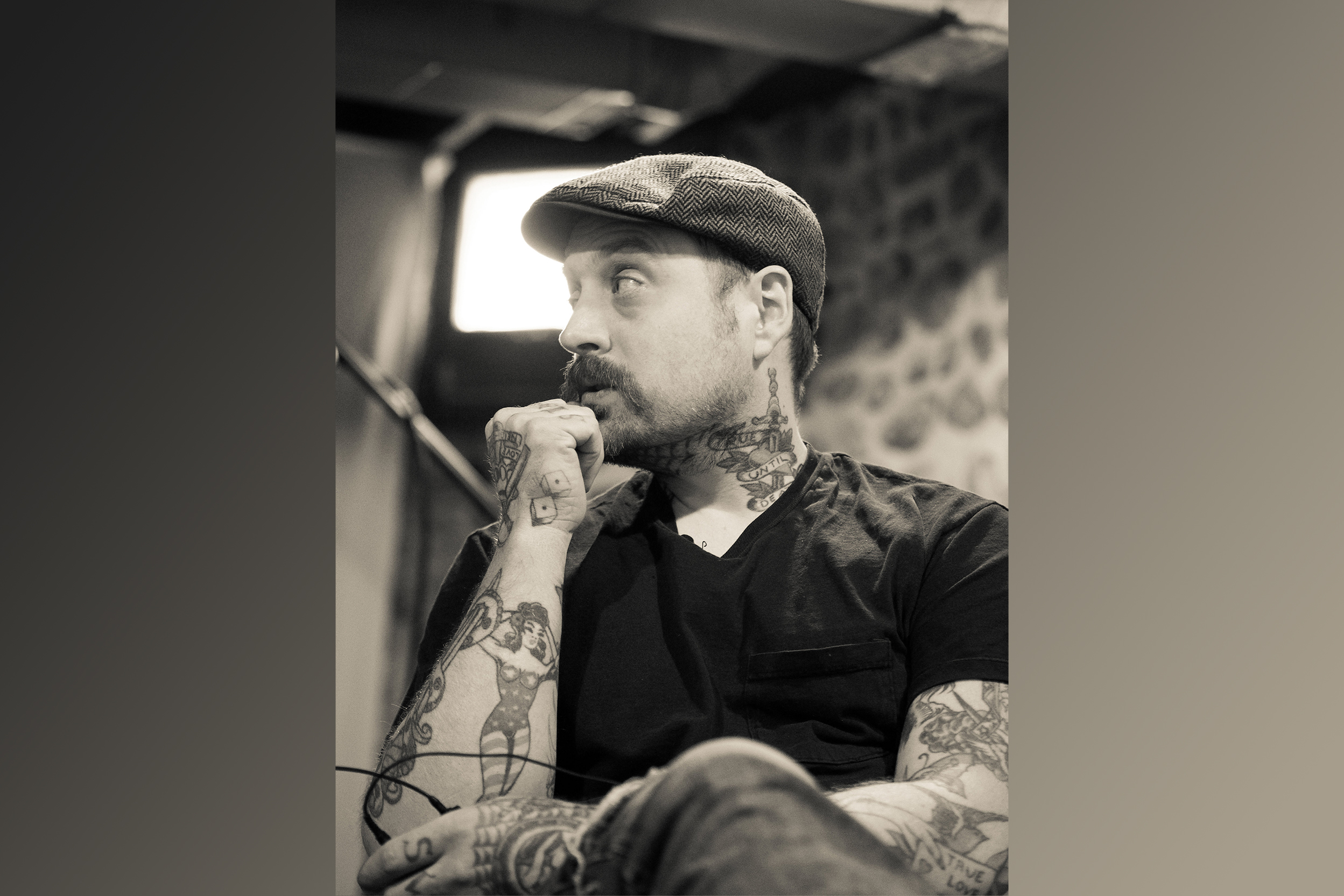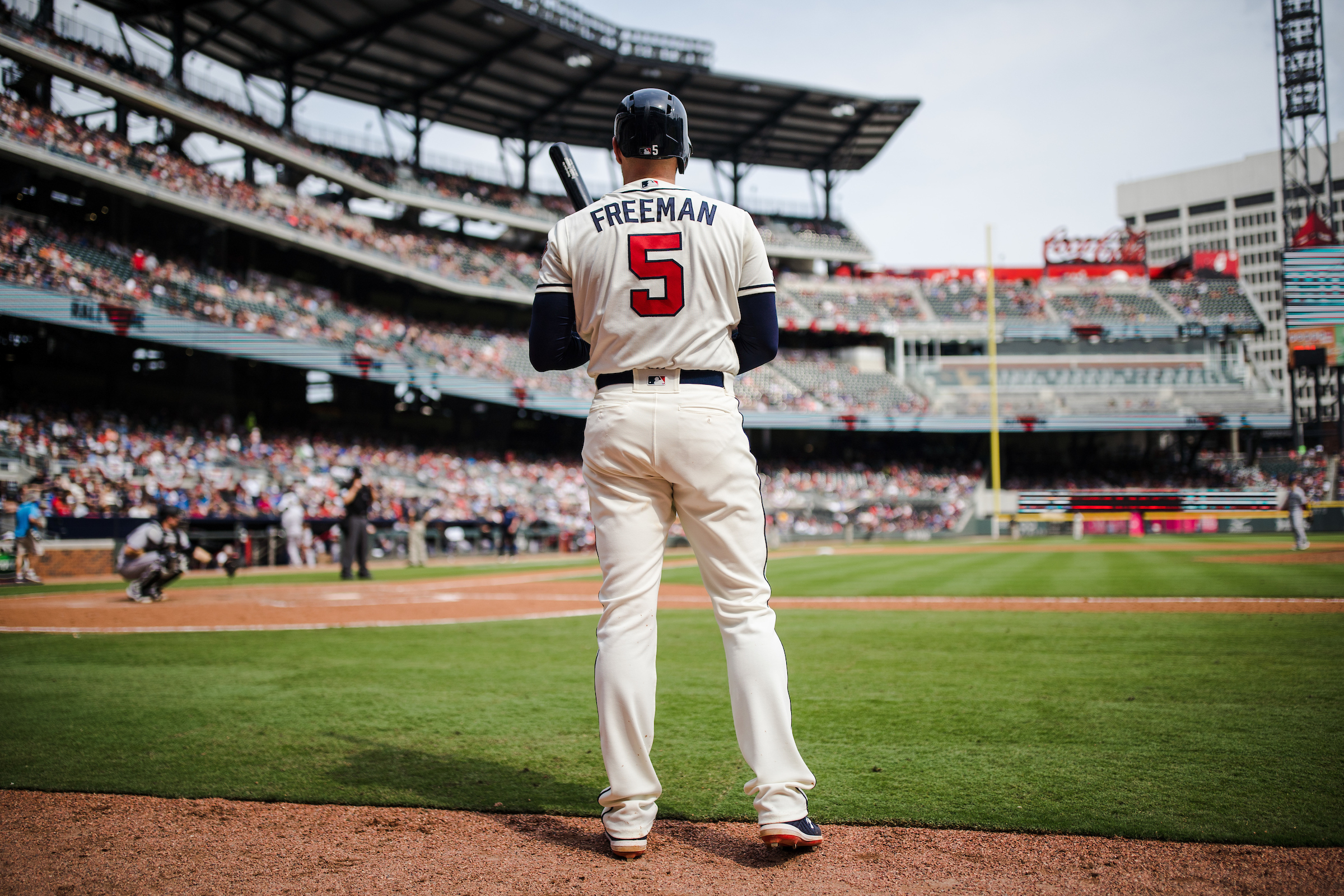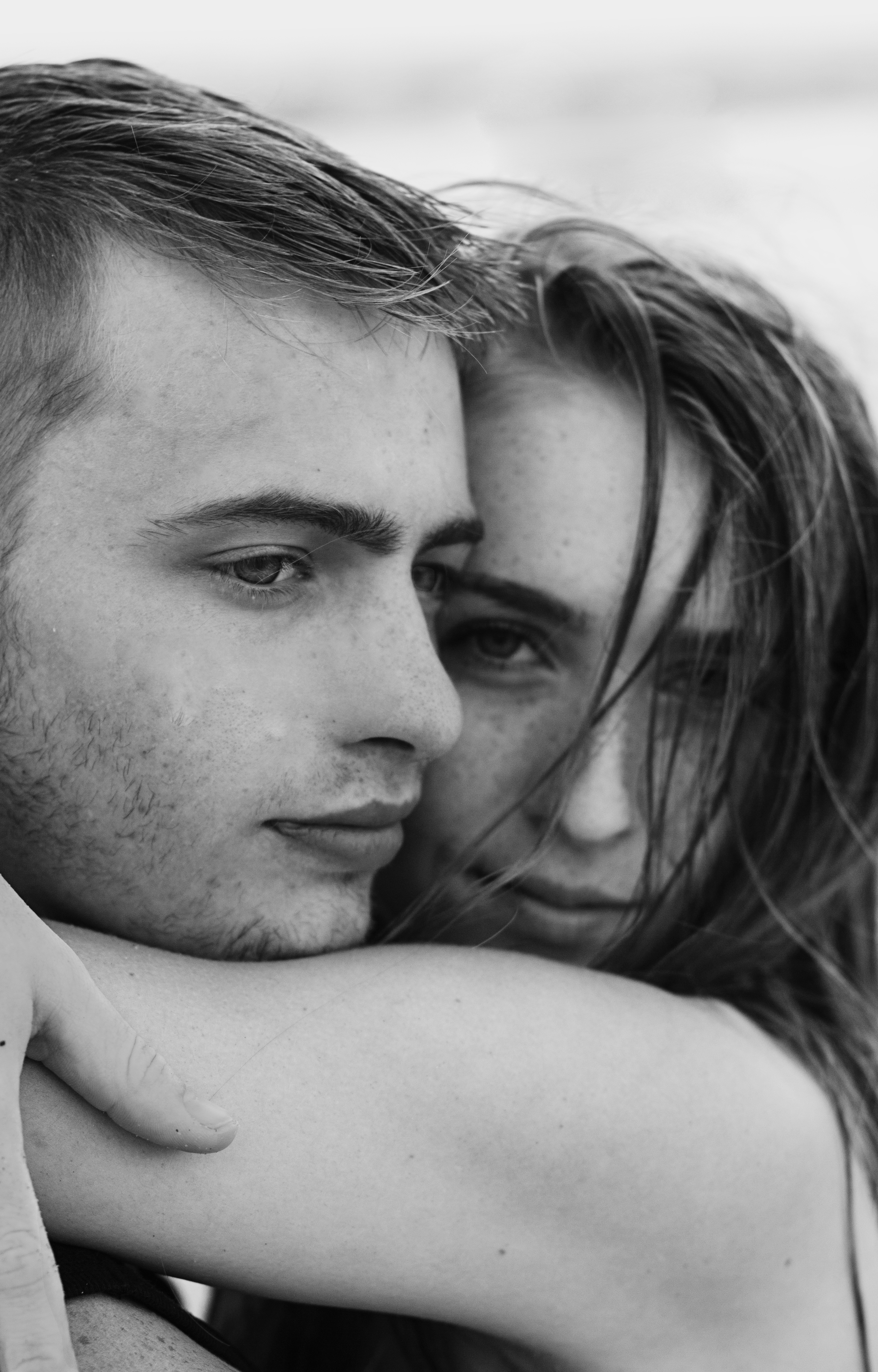
The KEH team is filled with remarkable, multifaceted creatives. Some of them carry out operational tasks during the day and engage in street photography on weekends. Others concentrate on data analytics during business hours and teach photography classes in the evenings. Eddie Ramirez, a skilled wildlife photographer, and business analyst at KEH is a perfect example of the talent here. With his passion for photography and expertise in data analytics, Eddie provides a unique perspective to the world of photography. As a Business Analyst, he is responsible for working cross-functionally to understand business reporting requirements to develop efficient reporting solutions. Outside of work, Eddie pursues his photography. His stunning photographs of wildlife captured in their natural habitats are a testament to his skills. Join us in this employee spotlight as we delve into Eddie’s incredible journey into wildlife photography and learn from his experiences, tips, and tricks for capturing breathtaking moments in the wild. Get inspired by Eddie’s story and embark on your own adventure in wildlife photography!
Thanks for taking the time to chat with us, Eddie! How did you first get into wildlife photography, and what made you want to pursue it?
First of all, thank you very much for the opportunity to share my experience in wildlife photography with the community. My interest in wildlife photography all started with the admiration of the images and stories I read in The National Geographic magazine. For a few years, I was doing all kinds of photography, except wildlife. I have a nice backyard with a considerable amount of birds and other animals, and one day, I began to photograph birds with my Nikon D3s and Nikon 300mm f/4, obtaining good results. I began to feed the birds, and when I saw that many more were arriving, my interest in capturing the beauty of these birds with photography grew. Little by little, it became something fun and rewarding. Then as my curiosity grew, I began to learn about amazing locations as I interacted with local photographers, and thus had more and more access to really cool wildlife in its natural habitat. By sharing my photos via social media and the experience they embody, I help to bridge the gap between people and nature, in terms of seeing what happens around us every day.

Savannah, GA
Nikon D850 + Nikon 600mm f/4
What’s your favorite animal to photograph, and why?
My favorite animal is our national emblem, the Bald Eagle, particularly for its tenacity, such as when they swim across the surface of the water dragging its large prey after its failed attempt to fly with it. Also for their vitality and speed in dive flights, in addition to the fact that they are not fearful. Something that catches my attention in each bald eagle photograph is the frown that they use to protect their eyes. It adds character to their personality.

Gainesville, FL
Nikon D850 + Nikon 600mm f/4
Share with me one of the most memorable experiences you’ve had while shooting wildlife.
Undoubtedly, Silver Springs State Park in FL on December 3, 2022. There were five of us in a boat trying to photograph monkeys, and we were all discouraged because we couldn’t find them. On the way back, going around a curve, we finally found between 300 and 400 monkeys trying to cross to the other side of the river, about 30 feet away from us in the middle of the river. The vast majority of them fell into the water, and at the end, it was as if it were raining monkeys from the sky. It was a very funny moment while we photographed them. It was also very cute to see families with their babies in their arms; fathers and mothers jumped into the river with them on their chests while the alpha screamed. Luckily the gators weren’t there at the time, as that ending would have been very sad.

Gainesville, FL
Nikon Z9 + Nikon 600mm f/4
What gear do you typically use for wildlife photography? Do you have a favorite camera and lens combination?
I keep my Nikon Z9 welded on my Nikon 600mm f/4 for fast-moving wildlife with striking subject isolation. As a backup, I use my Nikon 300mm f/2.8 II with a Nikon D6 for environmental photography. I chose the Nikon Z9 for its ability to capture RAW images at up to 20 fps, the 45.7 megapixel full-frame sensor, a native ISO range of 64-25600 expandable to 32-102400, and noise reduction algorithm. With good technique in a variety of light conditions, I can get images with little noise. Also, it has an advanced animal eye AF system which is very important for my photography.
I love my fast glass, big long telephoto lens Nikon Nikon 600mm f/4 as it lets in a lot of light, especially when I want to freeze that image by pumping up the shutter speed. Usually, a lot of wildlife activity happens at dawn and sunset when the light is more beautiful but scarce. It is very important for me to isolate the animal from the busy bushes and branches to make a more pleasant photo, bringing the viewer’s vision to the most important thing, which is the wildlife.
What gear would you suggest wildlife photographers carry in their kit?
The best camera you can count on in your kit will always be the one you can afford. Always keep in mind that it is most ideal, within your possibilities, to obtain a camera capable of capturing RAW images of at least 10 fps with a fast focus, as well as getting a fast telephoto lens. Don’t forget extra SD, XQD, and CFexpress cards, teleconverters, a camera bag, a tripod or monopod, binoculars, extra batteries, and a raincoat in case it rains. With this setup, you’ll be ready to have fun.
How do you ensure your safety while photographing wildlife? I’d imagine it can get dangerous at times!
I usually photograph alone, and when I do, I share my location with my daughters and wife through an app on my phone. I make sure I bring enough water and some chocolate bars for energy, charge my cell phone battery to 100%, and wear mosquito repellent spray, a wide hat, and usually boots that resist snake bites. Another very important object for me to have is a whistle, in case of an accident and I am exhausted. Other security measures would be checking how the weather is going to be, obeying park rules, and paying attention to safety signs. Stay away from wildlife. If you are close enough to take a selfie, you are way too close.

Marietta, GA
Nikon Z9 + Nikon 600mm f/4
What is the most challenging aspect of wildlife photography, and how have you overcome it?
The hardest part of wildlife photography is finding the wildlife, as well as finding the light in an unknown place. The way I have overcome this obstacle is by being persistent, exploring different areas at different times of the place, and studying the behavior of wildlife in that place.
What skills do you think are the most important for a wildlife photographer to have?
In my opinion, the most important skills that a wildlife photographer should have are knowing your subject, being comfortable with your camera, being able to change every important setting without taking your eye off the viewfinder, being patient, and thinking ahead about what you want your pictures to look like.
What advice would you give someone just starting out in wildlife photography, and where would you recommend they start (classes, etc)?
The best advice I can give you is that assuming you already know the basics of photography, start with the equipment you already have. It’s important to know the limitations you have with your equipment and from there, get creative. You can even incorporate blinds and camouflage. Practice either in your backyard or in a local park. From there, in my opinion, your next step would be to buy a good telephoto prime lens if you can afford it, instead of gradually investing in other lenses as you’ll end up spending twice as much as if you got the one good lens to start. If you can’t afford the one good lens off the bat, you could always buy what you can afford and then trade it in to KEH as you keep refining your craft. Also, watch educational videos on Youtube, and always follow the rules of ethics and safety to take some photos. Fill yourself with knowledge that is free on the internet and when you can, ask another more advanced photographer what he thinks of your photos. It is imperative not to ask family. They will always tell you that you are a very good photographer. It is also very important, in my opinion, to learn to edit your photos. This will create a great impact on your final product. And don’t forget – keep practicing. Welcome to the deep bottomless ocean that is wildlife photography!

West Point, GA
Nikon Z9 + Nikon 600mm f/4
Do you have any favorite wildlife photographers or photographers in general you admire or draw inspiration from?
Kristi Odom, Morten Hilmer, David Yarrow, Arthur Morris, Staffan Widstrand.
How has your work evolved over the years and where do you see it heading in the future?
My photography has evolved slowly, but in the last two years, I have felt much more comfortable. My photography is aimed at people who are at home and have no idea how much wildlife they are surrounded by. The idea is to close that gap and create a positive impact on society in reference to wildlife. One of the most gratifying moments for me was when, through my photography, a viewer in Florida remembered his father who had passed away, and the bald eagle was his favorite bird. Or other people across the country who write to me and cannot leave their homes because they are sick and cannot admire the beauty of nature, in this case of birds. But because they follow my photographs, they are able to see the world outside and the beautiful birds that I capture. In the future, I plan to make a Coffee Table Book Store with my photos and some stories behind them and place them in some local stores. I will also make sure that the people who have written me those messages and who have some convalescence, receive one of my books.
I will continue to tell the story of the beautiful world that surrounds us and hope to continue to make enjoying and appreciating nature more accessible to all through my photography.




